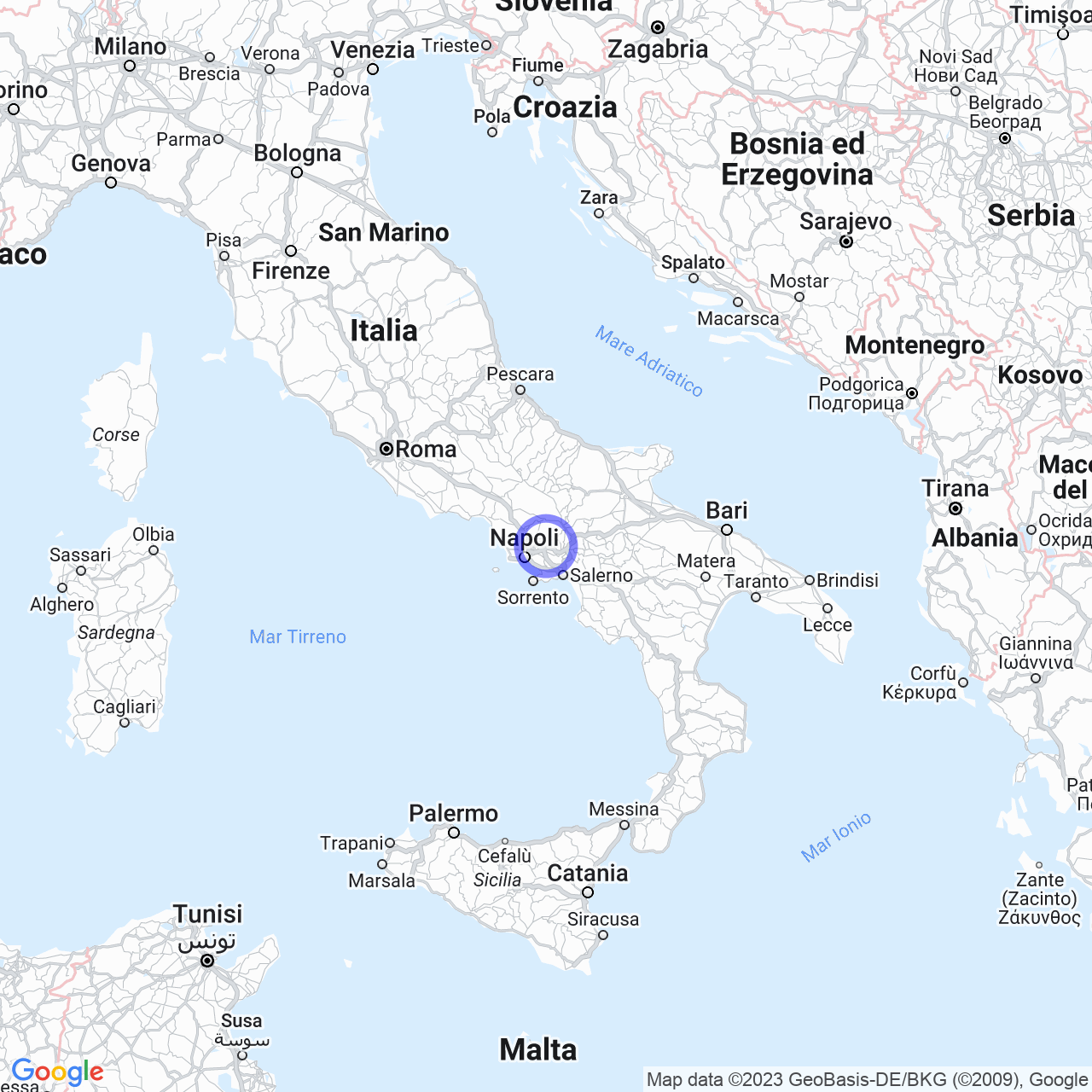Cicciano
Welcome to Cicciano, a Metropolitan City of Naples in Campania!
Hello everyone, welcome to Cicciano! This beautiful Italian town is located in the Nola area, northeast of Naples. The city is home to 12,208 inhabitants and extends over a vast flat area east of Suessola and south of Valle Caudina. Cicciano is located in a central position and borders the provinces of Caserta, Benevento and Avellino. It is a very special place, with a long history and a unique culture.
Let's Discover the Origin of the Name Cicciano
Cicciano takes its name from the form 'citianum' or 'cittianum', which could derive from the Roman name Citius or Cittius. This name then transformed into 'cicianum' or 'ciccianum'. Curano and Cutignano, two areas in the Cicciano area, may have similar origins. The first documents that mention these areas date back to the year 703 or 748 for Fasulum or Cutinianum, the year 950 for Cicianu and the year 967 for Curanu. There are other hypotheses about the origin of the name, such as the one that could be related to the names of the owners Cipius, Caepius, Ceppius or Caecius. Furthermore, according to the tradition of the village, the name derives from the dialectal term "zizza" (breast), from which "zizzano" derives. However, it is not clear which of these hypotheses is the true origin of the name Cicciano.

The History of Cicciano
The history of Cicciano dates back to 80 BC, when the Roman consul Lucio Cornelio Silla conquered Nola and disseminated cultivable land among his veterans. It was a reform of land distribution, called centuriazione, which changed the organization of the entire territory. The first settlements developed in the Nola plain: first simple houses, then hamlets and villages. Cicciano was divided into at least three separate inhabited nuclei: Cicciano proper, Curano, and Cutignano. Even today, traces of this organization can be seen through the oldest streets of the town, such as via Antonio De Luca and via Giacomo Matteotti.
During the Roman period, two altorilievi, a funeral monument, a sarcophagus, and a few clay objects were found inside a tomb in Cicciano. One of the most famous altorilievi, called Pasquino, represents a man without his lower limbs and head, carved into limestone. For many years, it remained walled in the corner of a private building, but today Pasquino can be seen by all tourists who visit our town.
See You in Cicciano!
Cicciano is a special place, full of charm, history, and traditions. Come and discover our hidden treasures and enjoy the beauty of Campania. Thank you for choosing us as your destination!
